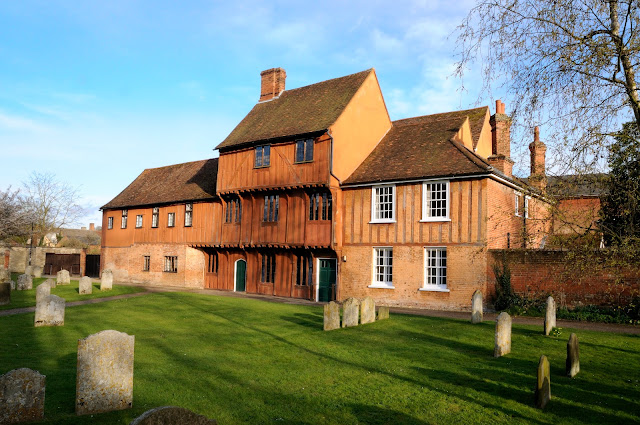Hadleigh`s Benton Street - Listed Buildings

The houses in Benton Street vary considerably in size, from the properties listed first in this post, (number 37 to 41) to the grand ones like the Old Manse further down the road and also Benton End House. Still a beautiful street, despite the modern curse of traffic which is reaching a point where something will need to be done to alleviate the problem. There are a few closed pubs in the street, the ones not shown here are the Black Swan at number 4 and the Falcon at number 63, as neither are listed buildings. So, onto a few of the listed buildings. Numbers 37 to 41, are probably of C17 origin, classed as a `range of tenements` over two storeys with an attic. It`s the usual timber-framed and plastered building, and is listed as having a `Central ground floor entry with double doors` but now has more doors added, it appears. Probably when the house was divided up into the three properties which it now appears to be. The Old Manse at number 90 Benton Street is an C18 building over two


